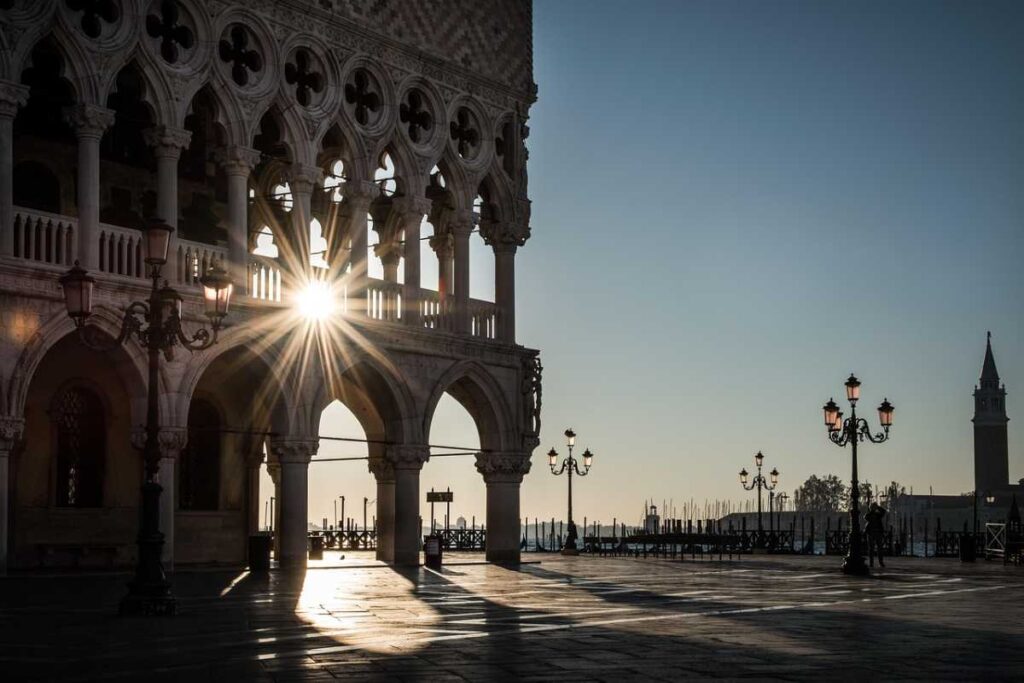Let’s be honest—we’re all wondering:
- Why did Mac’s Old House decide to close now?
- Was it business, sentiment, or something else entirely?
- What will fill the hole it leaves in the neighborhood?
From the outside, it just looks like another restaurant closing, but if you’ve ever had dinner there (prime rib, anyone?), you know it’s more than four walls and a menu—it’s a piece of Antioch’s soul.
Worth Knowing: What Sparked the Decision?
First, the real scoop: The owners—Gary Noe and Rick Cook—decided it was time to hang up their aprons after decades in the biz. “We know this may come as a shock, but after 42 incredible years, it’s time to hang up our hats,” their announcement read. If you’ve ever run a small business, you get it; sometimes, it isn’t about slowing sales, it’s about life, stamina, and making the call on your terms.
They took to social media (yep, Facebook and Instagram) to share the news as soon as the decision was final. And the flood of community support? Overflowing.
Real-Deal Reasons (No Corporate Speak)
- After serving the town for decades, Gary and Rick simply felt ready for new chapters.
- They wanted to end on a high note, with a restaurant still full of life and packed tables, not with a “for lease” sign gathering dust.
- It wasn’t about financial crisis—the house still had long lines out the door up to the last week.
- Legacy mattered: “We could not have done it without our loyal customers and our dedicated staff. This little house has served well over three million meals, and we are grateful for each and every one of you,” the owners said (now that’s a mic drop).
The Story Behind Mac’s Old House
No boring history lesson here—just the good stuff.
- Mac’s started as a humble house built by Floyd “Mac” McKinney in 1925. It became a bar in the ‘50s before morphing into the homey, old-school eatery you knew and loved by the ‘80s.
- The place was always cash-only (take that, credit cards) and proud of it, sticking out in a world gone digital.
- Known for hearty prime rib, pasta, minestrone soup, and strong but affordable cocktails, Mac’s blended Italian comfort with blue-collar charm. No frills, just food that felt like home.
“Was It Really That Beloved?”—Short Answer: Yes
People didn’t just eat at Mac’s; they celebrated there. Family milestones, first dates, anniversaries, every memory layered with garlic bread crumbs and warm, fuzzy feels.
Don’t just take it from me. Here’s what everyone’s saying online:
- Hundreds lined up down the block as the final day approached: “A visit from KRON4 revealed the restaurant was bustling, featuring long queues that stretched down the block,” one writeup reported.
- The outpouring on Facebook and Instagram told the same story—nostalgia mixed with gratitude, appreciation, and a hefty dose of “please stay open just a little longer”.
- The buzz wasn’t just local. News outlets across the area covered the closure, sharing throwback stories, “best memories” listicles, and foodie guides on the spot’s enduring popularity.
How Competitors and Similar Spots Tackle Restaurant Closures
If you want to see how other content creators cover this kind of news, here’s what’s working up top on Google’s SERP:
- SFGate’s approach: They keep it punchy, blending storytelling (“weathered recessions, a pandemic, and ever-changing times”) with community quotes and a sense of place. They toss in historical tidbits—you know, the old house, Mac’s photo still hanging—making you feel like you’re walking through someone’s family album.
- Antioch Herald’s angle: They hit the timeline hard. Think facts: dates, ownership lineage, exact quotes from social, and context about the original owners. Solid for folks hunting quick details.
- Yahoo News (KRON): They focus on crowd reactions—photos of long lines, what folks are ordering, and real-time buzz around the last weeks. They highlight how much love pours out when a true neighborhood joint shuts its doors.
What’s the common thread? Storytelling and authenticity—plus serving your audience what they’re actually talking about: real people, lived experience, community connection.
Plain-Talk Timeline, No Fluff
Here’s Mac’s Old House closure story served up straight:
- Floyd “Mac” McKinney builds the house in 1925.
- Bar opens inside on St. Patrick’s Day, 1956.
- Famed for food, affordability, and “bring cash” rules.
- Ownership changes in the ‘70s and again in 1983—Gary Noe buys it, Rick Cook brings Bertola’s flavor to Antioch.
- Survives recessions, the dot-com bust, and COVID-19 lockdowns—never misses a beat.
- April 2025: Owners announce on social; final day set for June 22.
- Lines down the street, social feeds packed with tributes, nostalgia, and plenty of photos of those legendary $17.95 prime ribs.
What Happens to the Community Now?
There are a lot of feels in Antioch right now. For some, it’s just a place to eat. For others, it’s the center of decades-long friendships, a wedding spot, a family tradition. Even if another hotspot pops up in its place, Mac’s Old House leaves shoes that’ll be tough (if not impossible) to fill.
Mac’s closure raises bigger questions:
- How do you keep classic local flavors alive when old-school joints fade away?
- What does it mean for family-run restaurants versus big chains in 2025?
- Will other cash-only, community-centered spots survive, or are we seeing the end of an era?
Easy Bits for Those Feeling the Loss
If your favorite spot shuts down, here’s what helps (learned from locals’ posts, seasoned by plenty of goodbyes):
- Rally for what you love: Support those last weeks, tip big, leave notes, and make every moment count.
- Document memories: Photos, stories, social shoutouts, and maybe one last dinner with your crew. Don’t let it fade quietly.
- Stay open to what’s next: Another dive bar or steakhouse might move in, but it’ll have to earn its place—just like Mac’s did and just like Bertola’s before it.
A Word on Legacy—And Why Mac’s Old House Closure Matters
Here’s what sticks with you: It’s the people, not the paint or the prime rib. Mac’s worked because it brought the community together, didn’t try to be something it wasn’t, and wore its old-school quirks (cash-only, wood-clad walls, slightly creaky floors) like a badge of honor. In the world of restaurants, that’s gold.
So if you’re missing Mac’s or watching your favorite hangout wind down, remember—these stories don’t end. They just pass on to the next spot, the next memory, and the next line out the door.
Final Bites: “Mac’s Old House closure” in Every Sense
If you’re searching for answers, craving some closure, or just want to know what’s next, here’s the straight talk: Mac’s Old House closure isn’t just about losing a restaurant. It’s about the moments, the people, and the flavor of a town that never really goes away.
So, “Mac’s Old House closure”—the story, the people, the meals—reminds us to celebrate the things and places that bring us together before they’re memories. Who knows? Maybe your own next great food tradition is just around the corner.





